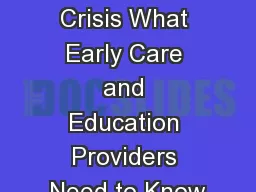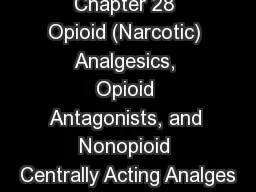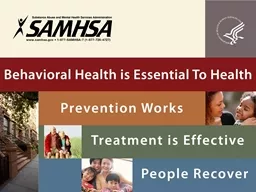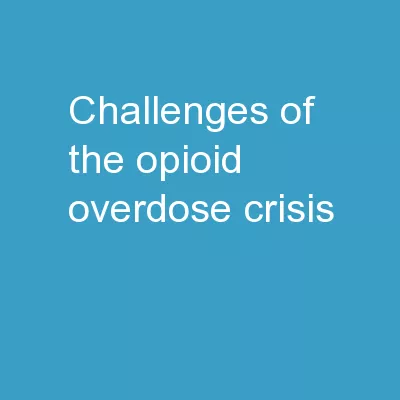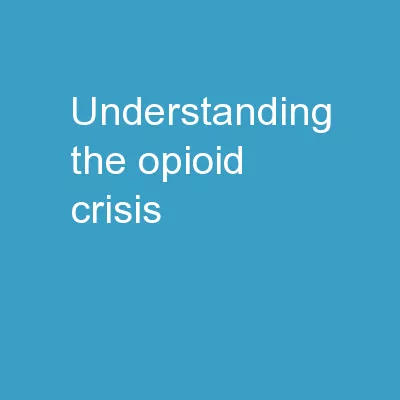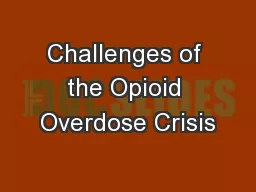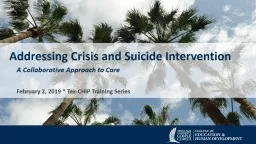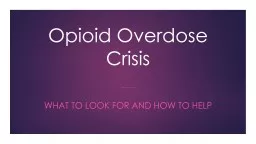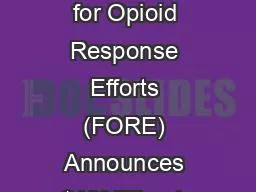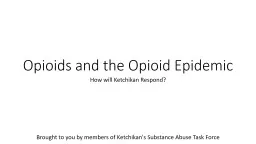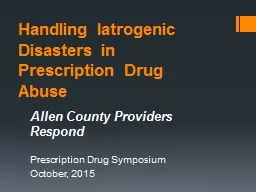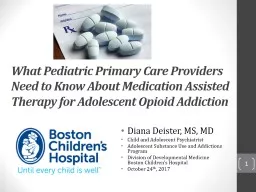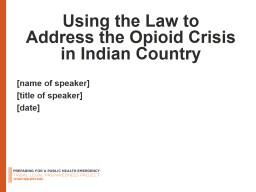PPT-The Opioid Crisis What Early Care and Education Providers Need to Know
Author : jane-oiler | Published Date : 2018-09-26
Outline Overview of opioids and the opioids crisis Presenter Stephanie Schmitz Bechteler PhD Chicago Urban League Implications for young children and their families
Presentation Embed Code
Download Presentation
Download Presentation The PPT/PDF document "The Opioid Crisis What Early Care and Ed..." is the property of its rightful owner. Permission is granted to download and print the materials on this website for personal, non-commercial use only, and to display it on your personal computer provided you do not modify the materials and that you retain all copyright notices contained in the materials. By downloading content from our website, you accept the terms of this agreement.
The Opioid Crisis What Early Care and Education Providers Need to Know: Transcript
Download Rules Of Document
"The Opioid Crisis What Early Care and Education Providers Need to Know"The content belongs to its owner. You may download and print it for personal use, without modification, and keep all copyright notices. By downloading, you agree to these terms.
Related Documents

